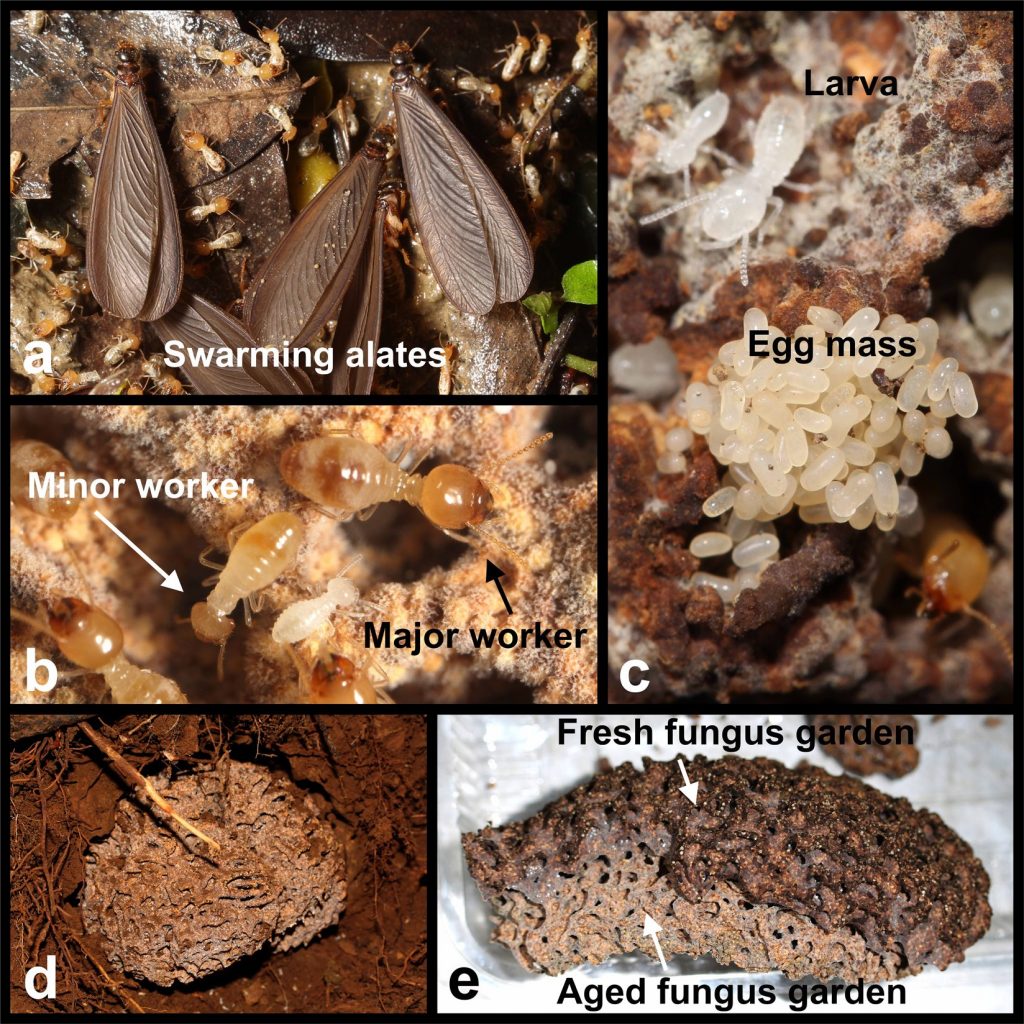Termites are a common pest problem in many homes, but controlling them can be difficult. Fortunately, there is a secret weapon against termites: nematodes. In this article, we will explore the benefits of using nematodes to control termites and how to best use them in your home.
What Are Nematodes?
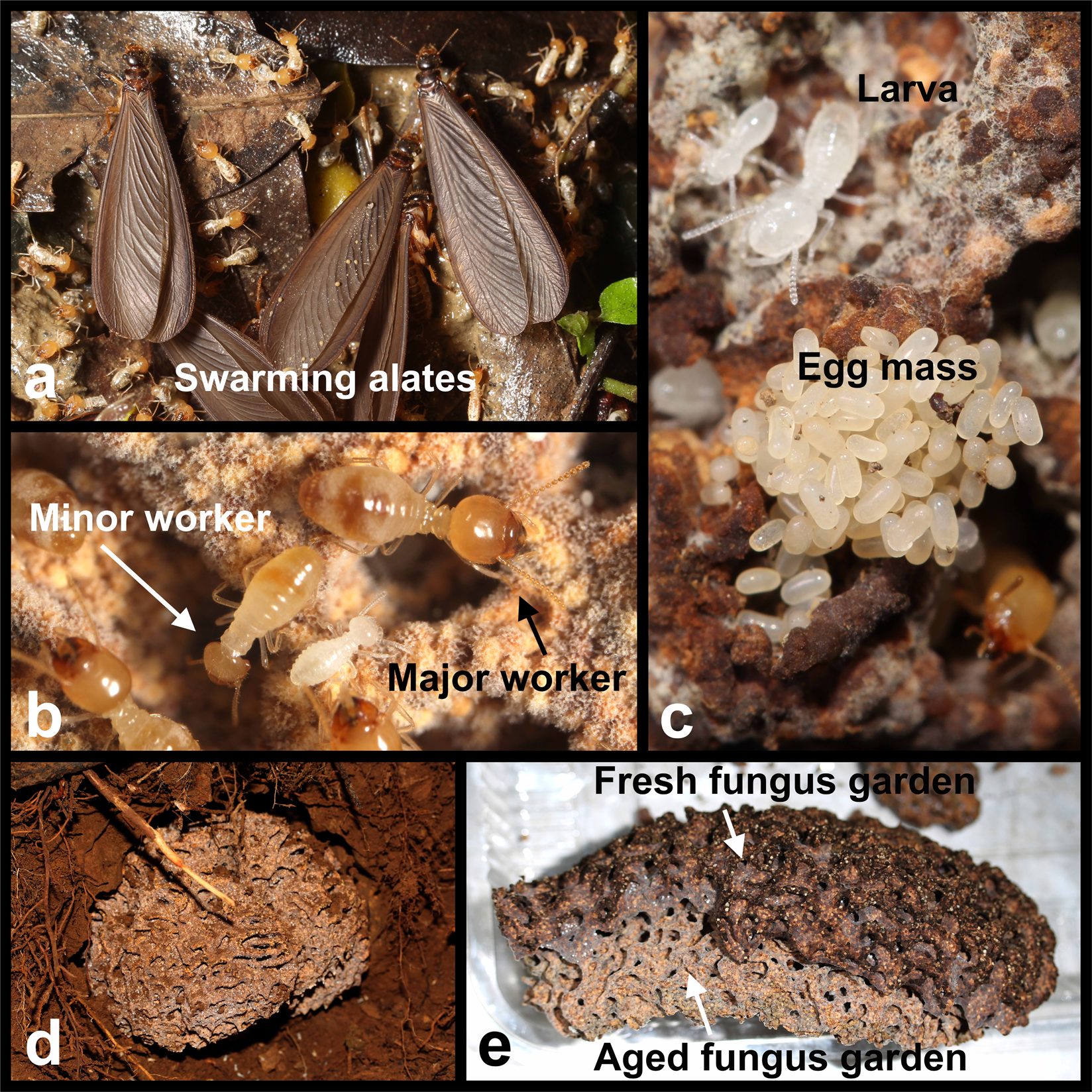
Nematodes are microscopic roundworms that are found in soil and water. They are beneficial to the environment because they feed on bacteria, fungi, and other microorganisms that can cause disease and damage to plants. They can also be used to control insects, including termites, in a process known as nematode biological control. Nematodes are available commercially in a variety of species and formulations and can be applied as a liquid or granular spray. When applied to the soil or other areas where termites are present, the nematodes enter and begin to feed on the termites. The nematodes release bacteria that kill the termites and prevent them from feeding on the wood and other structures in the home. This process is environmentally friendly and can be used in conjunction with other methods of pest control.
How Do Nematodes Kill Termites?
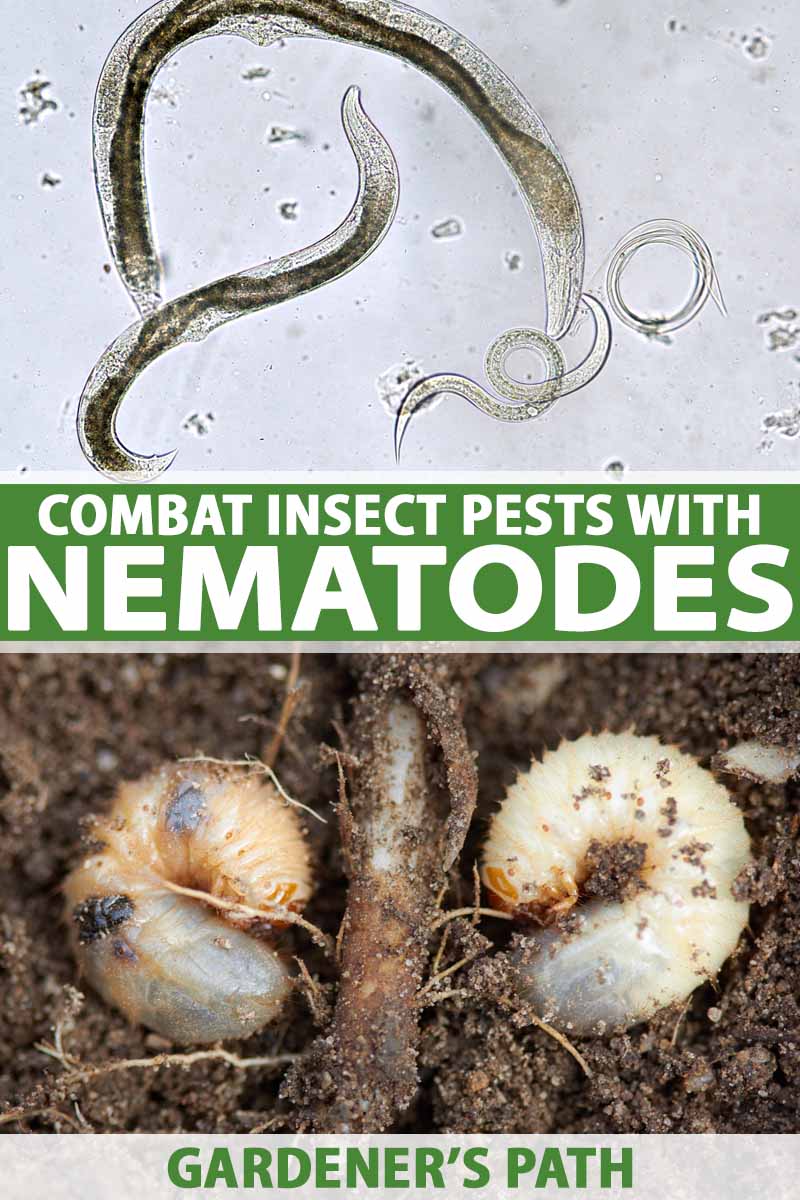
Nematodes are parasites that are small and worm-like, and they are capable of killing termites. The nematodes seek out termites and attach themselves to the termites’ cuticles, which are their protective outer shell. The nematodes then penetrate the termites and release a bacteria that kills the termites. This process can take anywhere from a few days to several weeks, depending on the size of the termite colony.
| Stage | Process |
|---|---|
| 1 | Nematodes attach to termite cuticles |
| 2 | Nematodes penetrate termites |
| 3 | Nematodes release bacteria that kills the termites |
The nematodes can kill a large number of termites in a short period of time and are an effective way to reduce the population of termites in an area. This makes them a great tool for pest control and termite control. Because they are small and invisible to the naked eye, they can be used in places where other forms of pest control are not possible.
Benefits of Using Nematodes for Termites
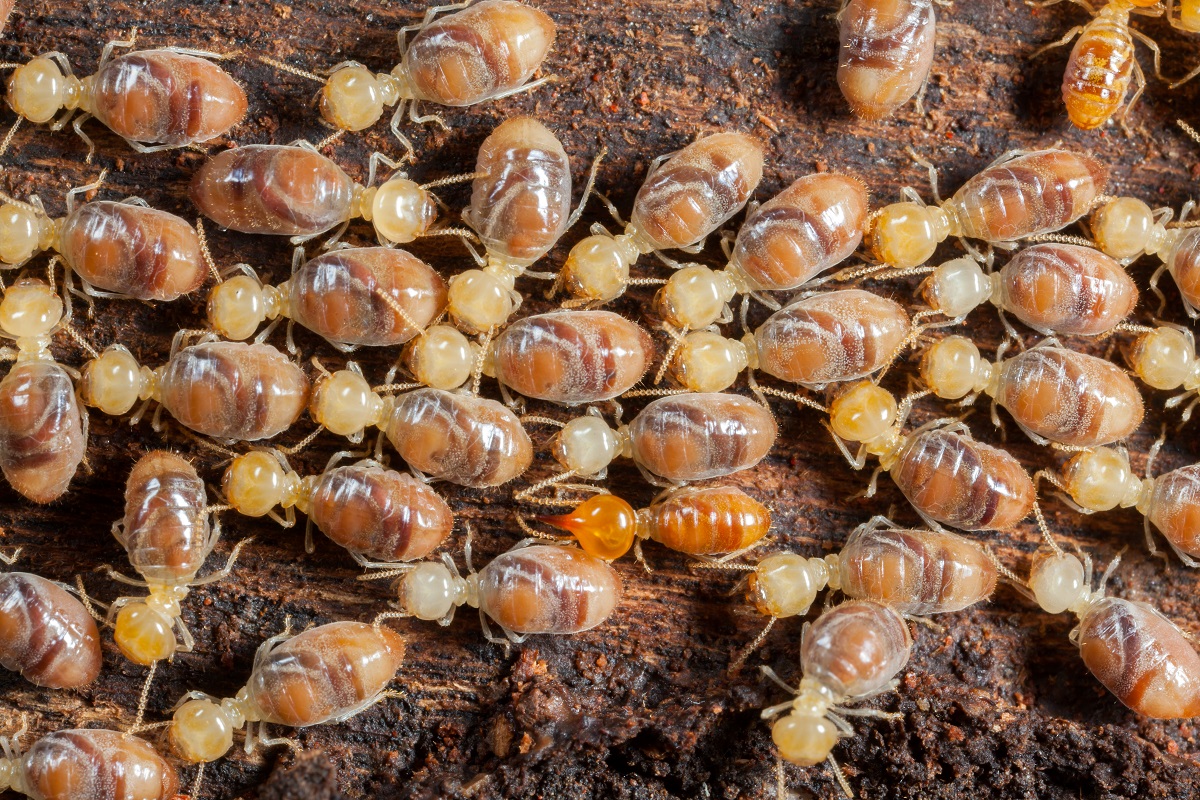
- Nematodes are naturally occurring parasites that are harmless to humans, pets, and other non-target organisms.
- Nematodes can be used to target and control a variety of termite species, including drywood, subterranean, and dampwood.
- Nematodes are easy to apply, and require no special equipment or knowledge.
- Nematodes provide long-term protection by limiting the development of future generations of termites.
- Nematodes can be used in areas that are difficult to treat with traditional methods such as chemical treatments.
- Nematodes can be applied in both indoor and outdoor areas, providing protection from the spread of termites.
- Nematodes are cost-effective, and generally require fewer applications compared to other methods of termite control.
Types of Nematodes Used to Control Termites
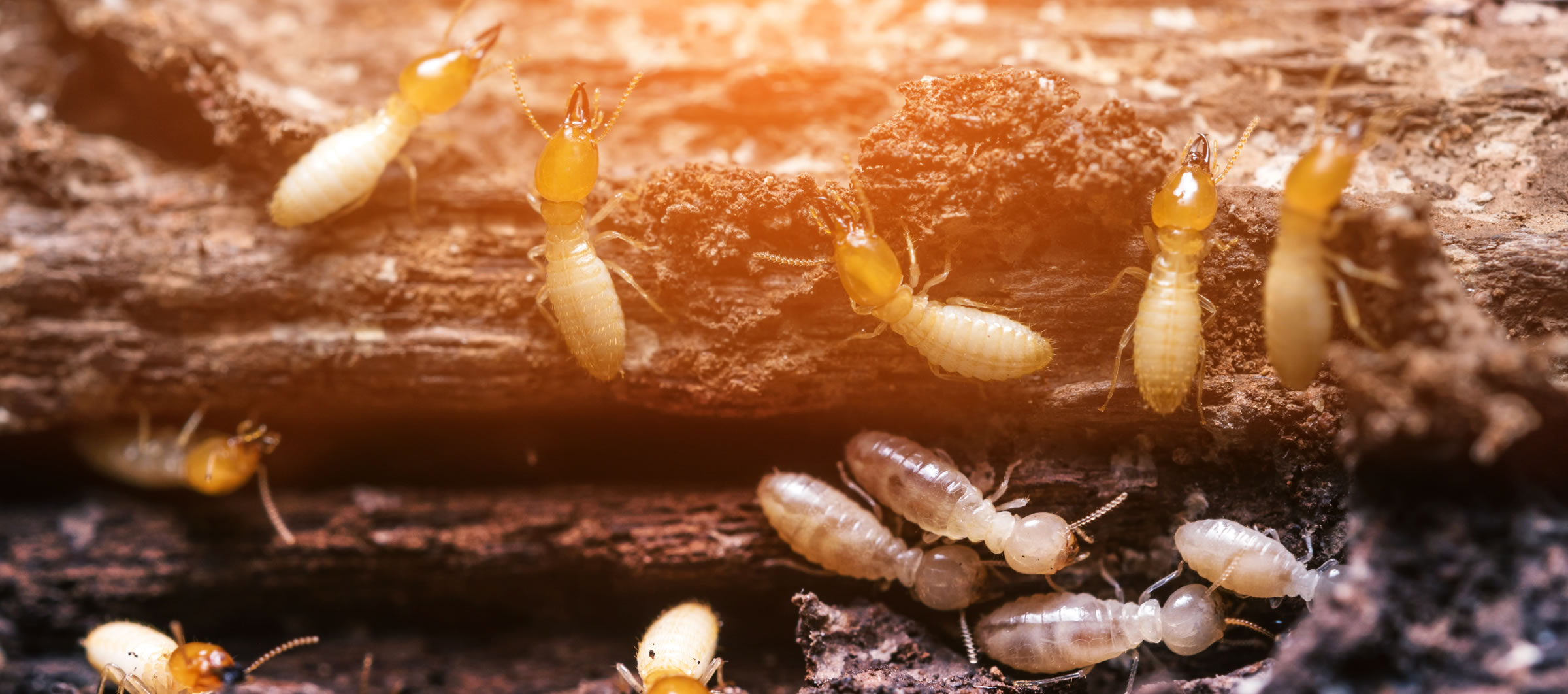
| Name | Species | Life Cycle |
|---|---|---|
| Steinernema carpocapsae | S. carpocapsae | The life cycle of S. carpocapsae is composed of three stages: eggs, four juvenile stages (called J1 to J4), and adults. |
| Heterorhabditis bacteriophora | H. bacteriophora | The life cycle of H. bacteriophora consists of four stages: eggs, four juvenile stages (called J1 to J4) and adults. |
| Neoaplectana carpocapsae | N. carpocapsae | The life cycle of N. carpocapsae is composed of three stages: eggs, four juvenile stages (called J1 to J4), and adults. |
| Steinernema feltiae | S. feltiae | The life cycle of S. feltiae consists of four stages: eggs, four juvenile stages (called J1 to J4) and adults. |
Nematodes are microscopic roundworms that are used to control termites. There are four main types of nematodes used to control termites: Steinernema carpocapsae, Heterorhabditis bacteriophora, Neoaplectana carpocapsae and Steinernema feltiae. Each of these nematodes has a different life cycle, which can vary from three stages to four stages. The stages consist of eggs, four juvenile stages (called J1 to J4), and adults. These nematodes can be found in soil and are effective at controlling termite populations.
How to Apply Nematodes to Treat Termites

| Step | Instructions |
|---|---|
| 1 | Purchase nematodes from a garden center or online store. |
| 2 | Mix the nematodes with water according to the instructions on the packaging. |
| 3 | Fill a garden sprayer with the nematode solution and attach a hose to the sprayer. |
| 4 | Spray the nematode solution onto the soil around the infested areas, including the termite mounds, cracks in the walls, and any other areas where termites may be present. |
| 5 | Monitor the infested area for several weeks to ensure the nematodes are successfully controlling the termite population. |
Potential Risks of Using Nematodes to Control Termites
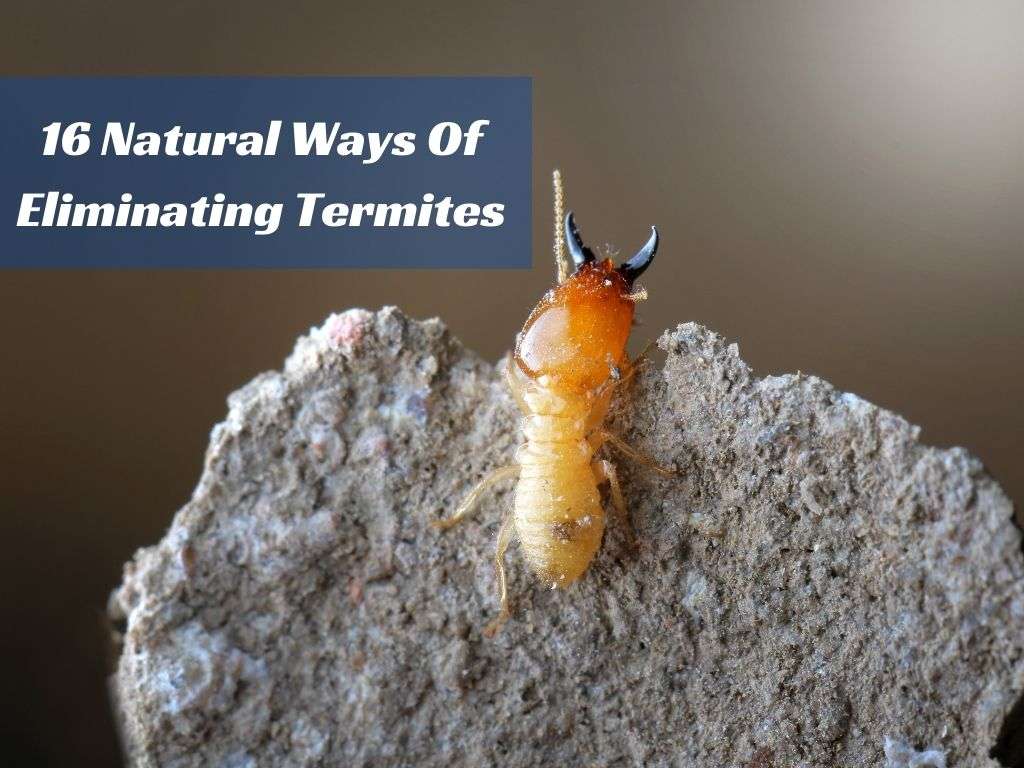
Nematodes are a popular tool for controlling termites, but they come with some potential risks. While nematodes are generally safe to use and pose no health risk to humans, they can be harmful to other beneficial insects and animals. They can also have adverse effects on plants, including stunting growth or damaging roots. Incorrect use of nematodes can also lead to an increase in the termite population. Additionally, nematodes do not provide a long-term solution. They are effective in killing termites and their eggs, but they do not provide protection from future infestations.
How Long Does it Take for Nematodes to Kill Termites?
Nematodes are a popular, eco-friendly way to control termite infestations. Once they are released, they can quickly go to work and begin to destroy the termite population. However, the exact amount of time it takes for nematodes to kill termites varies, depending on factors such as the size of the infestation and the type of nematode used.
In general, nematodes take a few weeks to start to significantly reduce the termite population. In most cases, the termites will be completely eliminated within a few months. The nematodes work by entering the termites’ bodies and releasing a bacteria that causes them to become sick and die.
The effectiveness of nematodes can be improved by releasing more of them, and by keeping the environment around the infestation moist. This ensures the nematodes are able to survive and breed, so they can continue to attack the termites.
In some cases, additional treatments may be needed to completely eradicate the termite population. However, in most cases, nematodes are a very effective way to control termites in a short amount of time.
Tips for Using Nematodes to Treat Termites
| Step | Instructions |
|---|---|
| 1 | Select a nematode species that is known to attack termites. Steinernema carpocapsae is recommended. |
| 2 | Obtain nematodes from a reliable source. Follow all package instructions. |
| 3 | Mix nematode-infested water with a watering can or sprayer. Use enough water to cover the area affected by termites. |
| 4 | Apply the nematode-infested water to the affected area and wait. Nematodes will seek out and enter the termite colony. |
| 5 | Continue to apply nematode-infested water to the affected area every two to three weeks until termite activity ceases. |
Frequently Asked Questions
What are beneficial nematodes for termites?
Beneficial nematodes are microscopic, non-segmented roundworms that can be used to control termite infestations. They are natural predators of termites, and when released into the soil they will seek out and attack termites. The nematodes will attach themselves to the termite and release bacteria which will kill the termite after a few days. The nematodes can be applied to the affected area, or mixed with water and sprayed on the soil. They are safe to use and can effectively reduce termite populations.
How do Nematodes Control Termites?
Nematodes are microscopic worms that feed on insects, including termites. They are applied as a soil drench to control termite populations. When the nematodes come in contact with the termites they attack and feed on them, eventually killing them. The nematodes reproduce and spread, further controlling the termite infestation. This method of control is safe and effective, and does not harm the environment.
How do I use nematodes to kill termites?
Nematodes are microscopic, non-segmented worms which feed on termites, making them an effective natural pest control. To use nematodes to kill termites, the nematodes must be mixed with water and sprayed onto the soil, where the termites are active. The nematodes will then find the termites, enter their bodies and release bacteria, which will kill them. The nematodes will then multiply and continue to search and destroy termites.
Where Can I Buy Nematodes for Termites?
Nematodes, or beneficial worms, can be used as a natural and safe way to control termite populations. They can be purchased online or in some garden stores, though it is important to make sure that the nematodes are specifically formulated for termite control. Additionally, it is important to read the instructions carefully and follow them when using the nematodes.
Are there any other methods of controlling termites aside from nematodes?
Yes. Other methods of controlling termites include chemical treatments, baiting systems, using heat, foam and dust treatments, and physical barriers. Chemical treatments involve applying a termiticide to the soil around a structure to create a barrier that termites cannot penetrate. Baiting systems involve installing termite bait stations around a property and then periodically refilling them with a bait that is attractive to termites. Heat treatments involve using a specialized thermal device to heat the soil around a structure to temperatures that are too high for termites to survive. Foam and dust treatments involve injecting a foam or dust into the walls of a structure to fill in any cracks or crevices that may be providing a pathway for termites to enter. Finally, physical barriers involve installing a physical barrier such as a steel mesh to prevent termites from entering a structure.
Conclusion
Nematodes are an effective, cost-efficient, environmentally-friendly way to control termites. They are a simple, safe, and low-maintenance pest control solution that can be used to protect homes and businesses from termite infestations. With proper monitoring and maintenance, nematodes can be an effective way to control termites and keep them from damaging structures.

